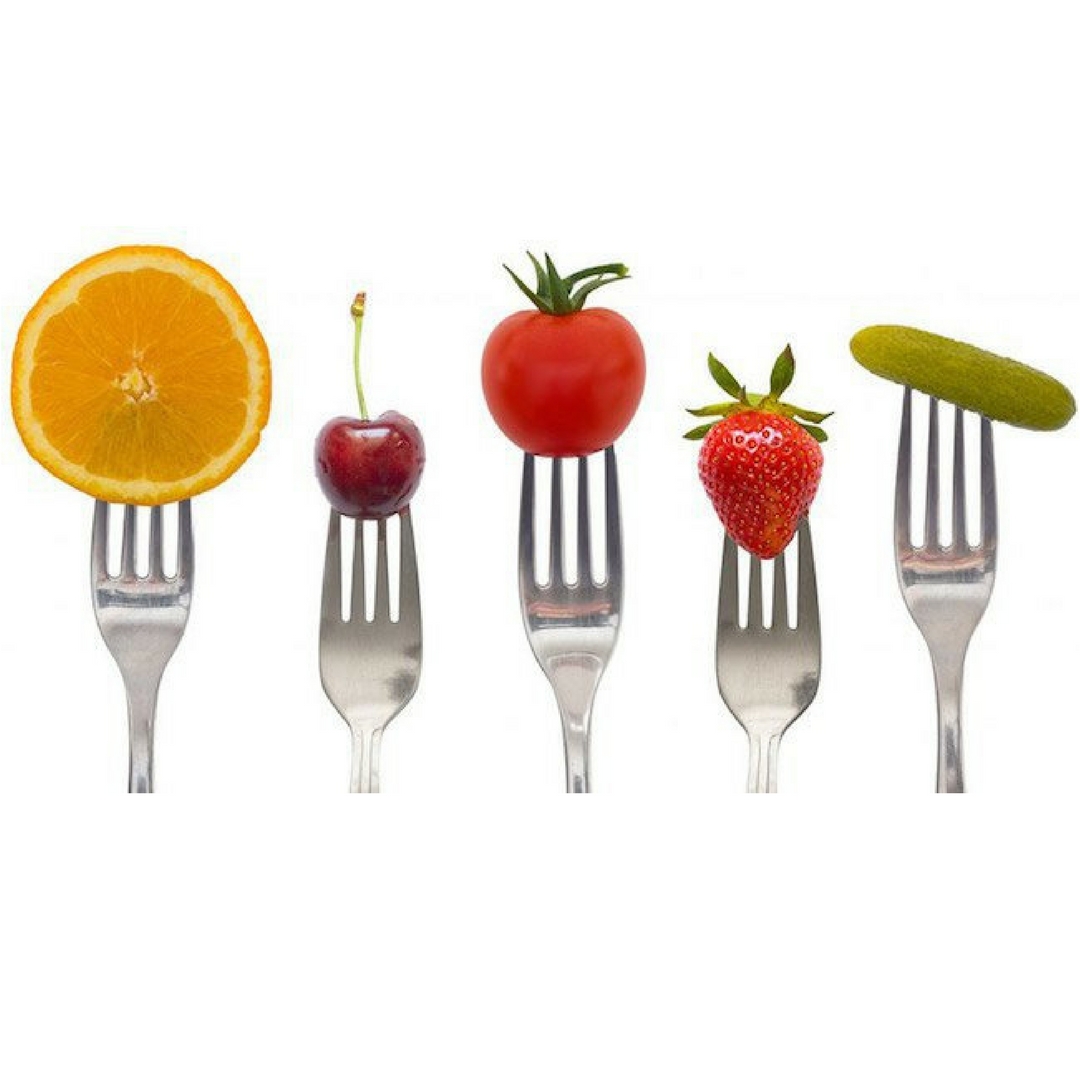Forget Counting Calories!
Article Date: 18-01-2018
Forget counting calories!
Most fitness professionals will have you counting calories. That’s awesome; if you have the time and energy to do so. But what happens when you are away from the kitchen scales, eating out with friends, getting the kids ready for school, or traveling the world on business?
The problem with calorie counting – calories in!
First off you need to understand macronutrients and calories, and then start to calculate how many calories are in each type of food you consume. Unless you are a very intelligent food tracker, that’s just way too much effort in the busy real world for some one who just wants fatloss, and/or lean muscle gain.
That being said, we now have access to food databases, websites, tracking apps, food diary’s, and good ole math, but what if the methods we are using are inaccurate, because in actual fact, the research shows that around 25% of the calories we track can have an error in the maths. Incorrect labelling, food quality, measurement error, and even forgetting to input foods you’ve eaten into your app or food diary can mean inconsistent errors and under tracked food intakes, this can become frustrating.
Then we have calories out!
Do you know how many calories you’re burning each day?
The world has fit bits, apple watches and many other forms of tracking energy expenditure (calories burned), but how accurate are they? Again, anywhere up to 25% of total daily energy expenditure could be miscalculated.
So based on the above, can you imagine tracking every step and writing it down, working out (if possible) how many calories you actually burned during your session, and how much food to the exact gram, you are consuming? Sounds tedious right? Its not impossible, in fact some of my clients do it vigorously. Athletes and stage competitors need to be very detailed in order to hit peak condition, and we have methods we use to ensure accuracy is monitored and accounted for.
But what about the business man or women who travels, the mum or dad who has to care for their children and put themselves last, or the individual who just wants to feel and look better?
Use what mother nature gave ya!
All you need is the ability to count to two, and by using your own hands. And here’s how you can do it with ease.
First off you have to have some understanding of macronutrients.
Macronutrients are a type of food (e.g. fat, protein, carbohydrate) required in large amounts in the diet.
Just as the avid tracker would determine how many grams of each macronutrient they would consume (which is normally a balance of all three at each meal), the hand portion method carries a similar process but by using your hands and not grams.
Firstly, determine your protein intake:
For protein, dense foods such as fish, meat, poultry, eggs, dairy, beans, use a palm sized portion. (a palm sized portion is the same thickness and diameter as your palm)
- Males 2 palm size portion
- Females 1 palm size portion
Secondly determine your vegetable intake:
For vegetables, such as carrots, broccoli, spinach, cauliflower, use a fist sized portion (a fist sized portion is the same diameter and thickness of your fist)
- Males 2 fist size portion
- Females 1 fist size portion
Thirdly determine your fat intake:
For foods that are dense in fats such as oils, butter, nuts, seeds and nut/seed butters, use a full thumb to determine your portion size.
- Males 2 thumb size portion
- Females 1 thumb size portion
Lastly, determine your carbohydrate intake:
For carbohydrate foods such as grains, fruits and starches, aim for a cupped hand sized portion to determine your serving size
- Males 2 cupped hand size portions
- Females 1 cupped hand size portion
Planning your meals:
Based on the guidelines I’ve laid out, this will assume you’ll be eating about 4 times a day which you now have a simple and flexible guide for planning your meals both at home, eating out, and in any other country if you work away from home.
Just to recap – based on 4 meals per day
For men:
- 2 palms of protein dense foods with each meal
- 2 fist of vegetables with each meal
- 2 cupped hands of carb dense foods with most meals
- 2 entire thumbs of fat dense foods with most meals.
For women:
- 1 palm of protein dense foods with each meal
- 1 fist of vegetables with each meal
- 1 cupped hand of carb dense foods with most meals
- 1 entire thumb of fat dense foods with most meals.
This serves as a great starting point in any journey, and In the next blog, we will discuss how to adapt these portions to lose body fat or gain muscle, and how to customise the plan for you.


